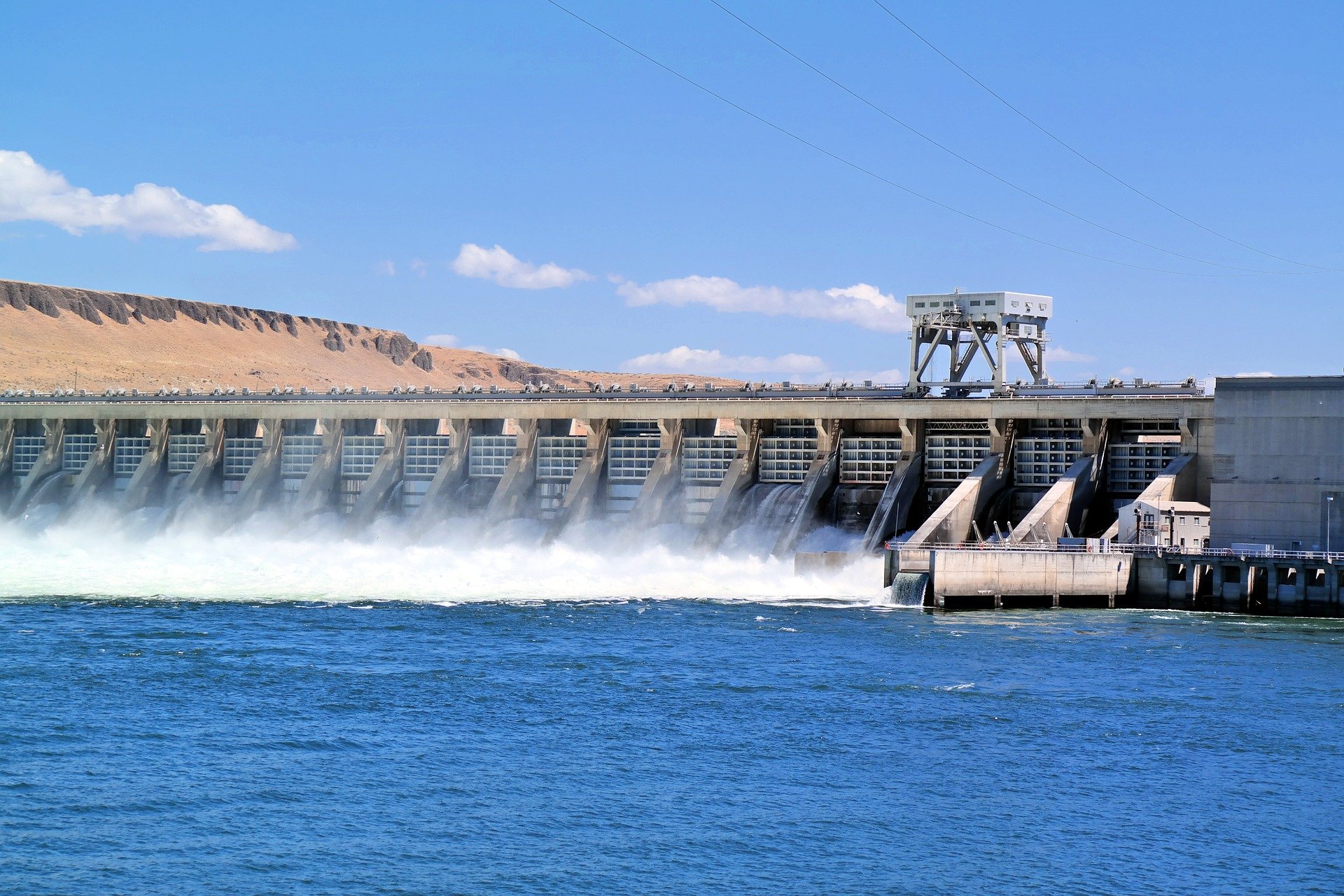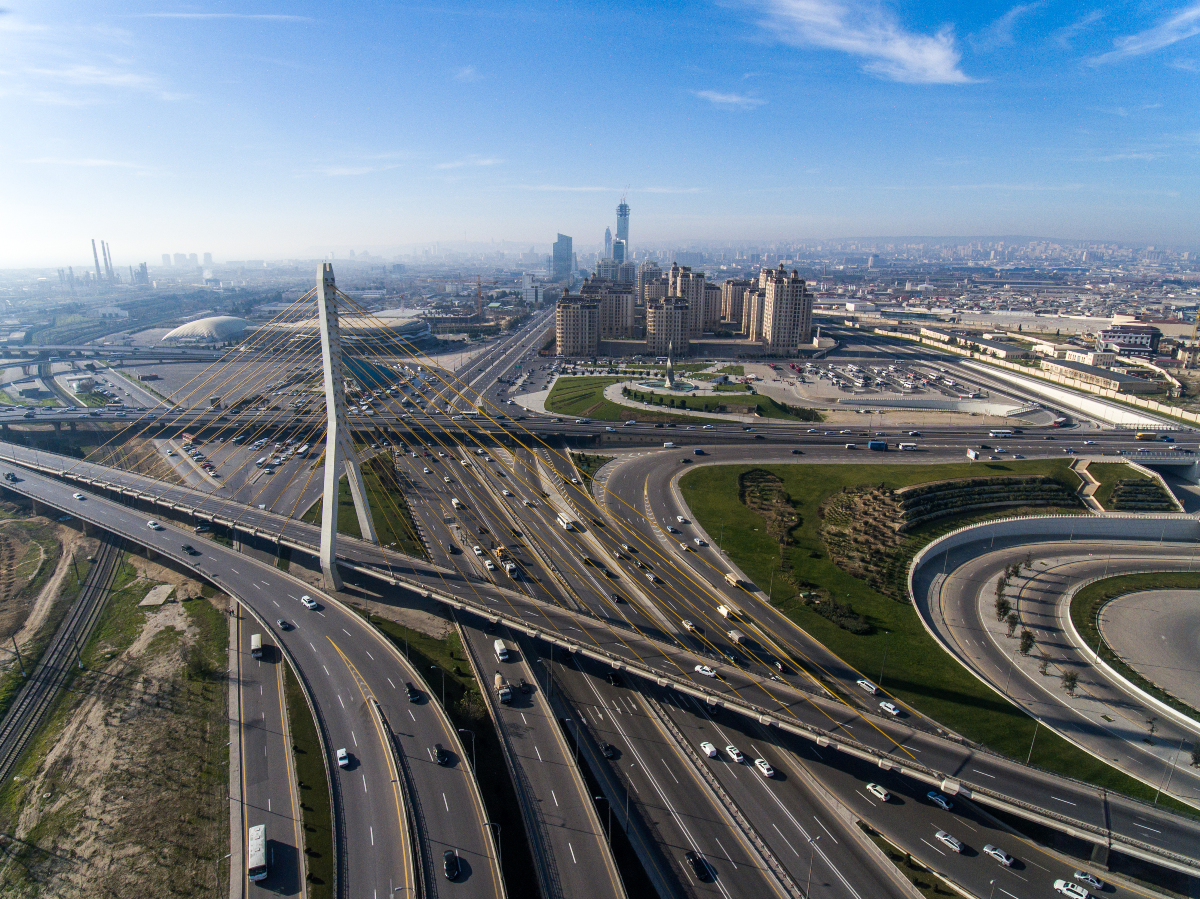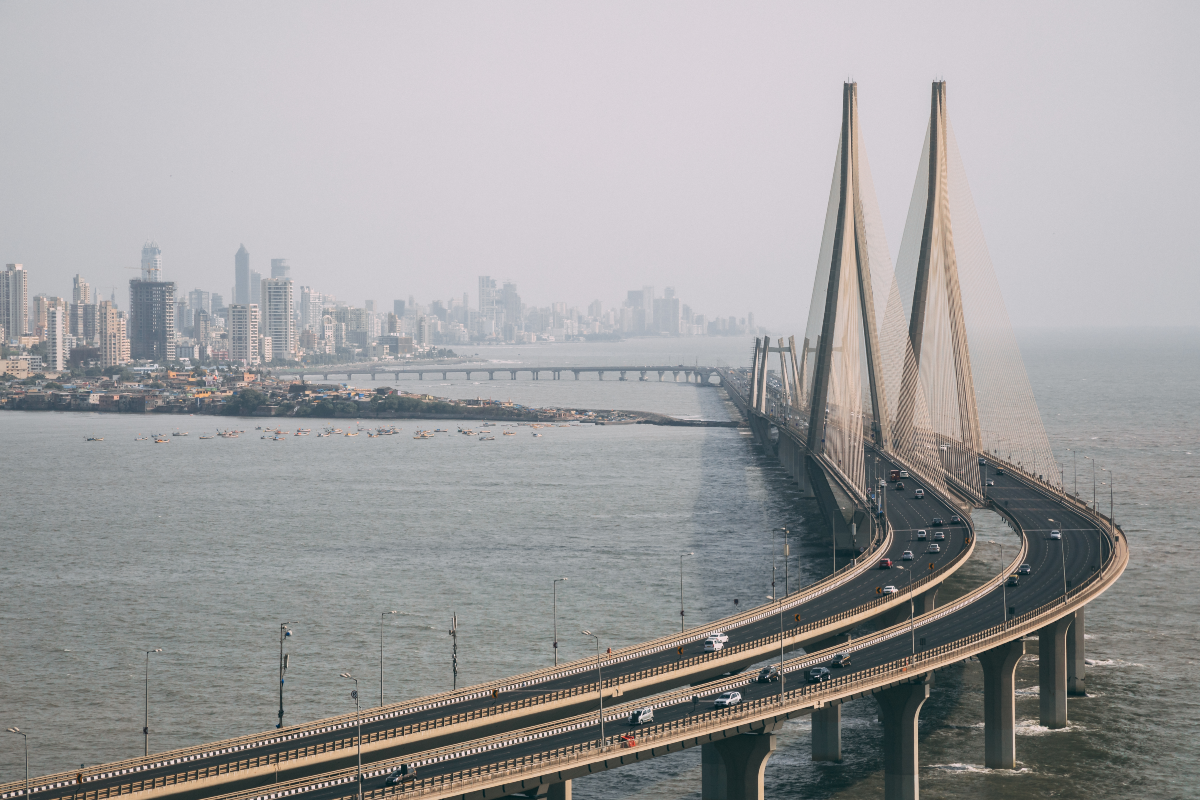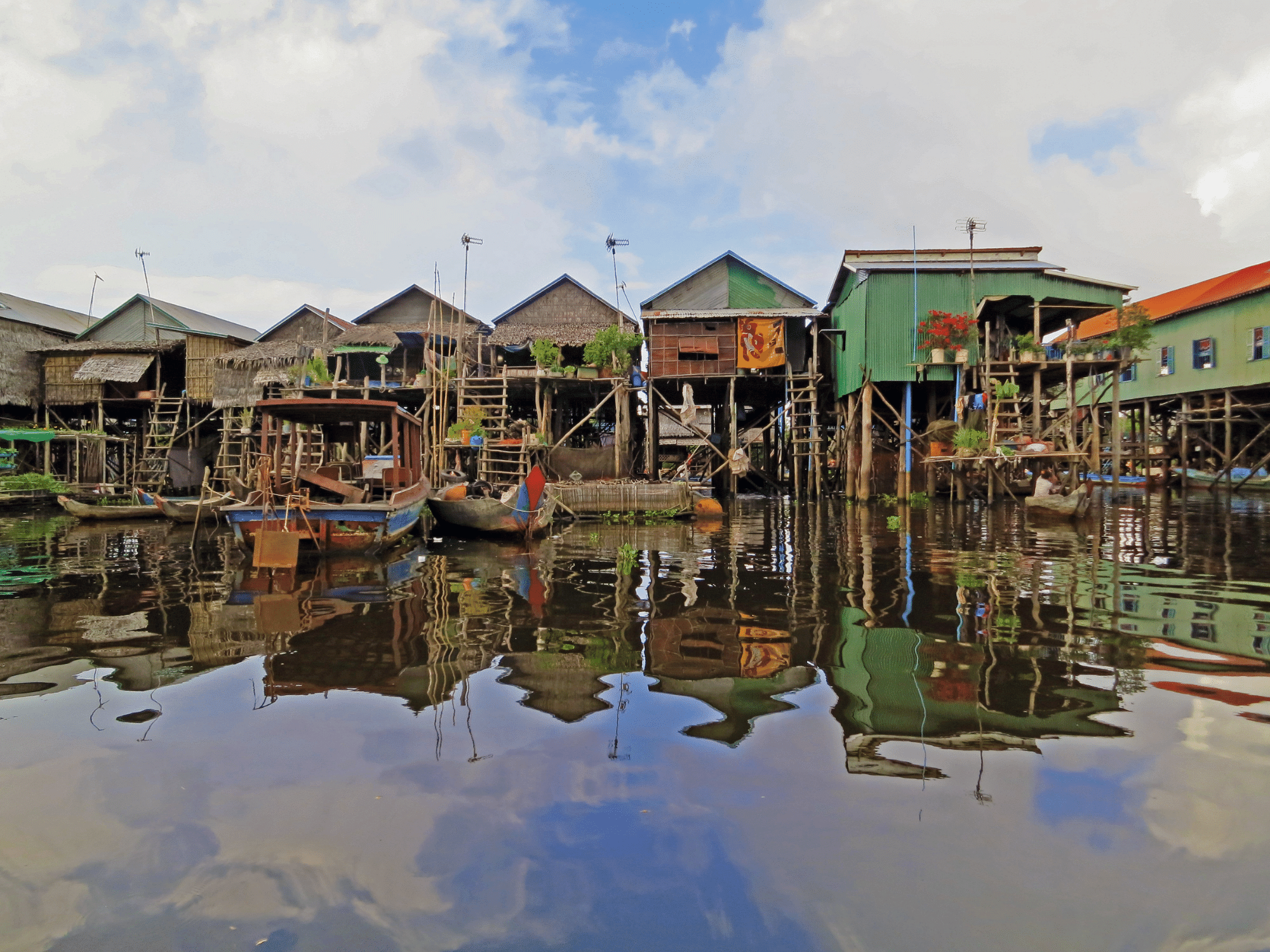
A glimpse into a resilient future
The year is 2120. Kosal, a ninth grader, begins his class by reading the following passage.
Grim forecasts foretold the fates of coastal cities, by the end of the 21st century many of earth’s largest metropoles will be inundated by rising sea levels. In the waning decades of the previous century many nations spent billions to combat and defy nature, constructing sea dikes, tidal barrages, and complex floating cities. Yet Cambodia cannot afford such infrastructures to defend her coastlines.
Kosal looks out of the classroom window and marveled at the wisdom of his ancestors from three generations ago. His home, the Thmor Sor Adaptive Marine Community is a thriving fishing port along the coast of Koh Kong, with schools, markets, plazas and houses all safe from the ravages of climate change.
However, this has not always been the case. For Thmor Sor had been a very different place before the implementation of the Adaptive Marine Community programme. In the century before, the fishing commune of Thmor Sor stood to lose all of its land.
The town itself was polluted with waste directly dumped into the sea, poorly planned with houses and fishing docks crammed haphazardly along narrow and poorly built piers, and with public and community spaces virtually non-existent. All of this, vulnerable to the rising sea.
Kosal continues to read.
Cambodia's coastal communities were in imminent danger, while internal migration due to climate changes was to devastate the nation further. The Adaptive Marine Community programme sought to find a solution which can protect the livelihood of coastal dwellers and maintain their place and relationship with the sea. The goal was to maintain the unique coastal context yet avoid solutions that will drastically modify the environment.
Indeed, the solution implemented by Cambodians one hundred years ago combined local building expertise, community led planning, and environmental consciousness. Thmor Sor chose to invest in a more flexible and sustainable strategy to cope with rising sea levels.
Firstly, recognizing the expense and technological complexity of other established solutions, locals harnessed long standing expertise in timber construction, when building stilt houses and wooden fishing boats, to formulate a new concept.
The structure of the town would be built on concrete footings starting from below the water until the second floor; with subsequent floors and the roof utilizing timber posts and beams. A concrete foundation was chosen as it would be incrementally flooded over time, thus a solid, non-rotting and permanent structure is needed. Along the height of the concrete footing, pre-placed connections were added in incremental heights. Resting on these connections timber posts and beams would be added to form the structure for subsequent floors. By relying on traditional timber construction techniques, as sea level rose, locals would dismantle the timber part of the structure and reassemble it on connections of a higher level.
Therefore, such a system combined with timber construction which allows for easy dismantling and reassembling, the structure would be able to gain one-storey in height over its life. Thus always being several meters ahead of the rising sea, for a fraction of the effort and cost of other systems. All the while only relying on the expertise of locals and never demanding substantial amounts of new materials.
Yet, this cleverness is not the only reason why Kosal loves his hometown. The Adaptive Marine Community’s urban planning separates living spaces from fishing docks and boat traffic; giving residents safer spaces to live, conduct business, and pursue leisure. Uniformly, a house’s first floor - close to the water - is the fisherman’s dock facility, with navigation routes for boats to the sea without disrupting life above.
The upper level is where the living spaces of the house are located. To improve livability and foster a sense of community, a group of several houses adjoin each other forming a single block, several blocks arranged so as to not obstruct each other's view and allow for natural ventilation and this forms a neighborhood.
Because the living space starts on the second floor, the front of each house is connected to others by a shared pedestrian deck equal to the second floor. This shared deck or pedestrian plaza forms the nucleus of each neighborhood. Each neighborhood is a short walk away from each other and are connected by pedestrian bridges. This scheme allows for the inclusion of plazas, markets, schools, and public facilities in between the neighborhoods. It also avoids high density which improves livability, ventilation, and saves space for boats to navigate underneath.
Kosal wonders audibly to the prudence of his predecessors, to which his teacher replied that it took more than just planning, but an understanding and respect for the coastal ecosystem to successfully co-exist. Protected by a study line of mangrove forest from the worst of any storms, the current Thmor Sor Adaptive Marine Community owes its safety to its previous self.
Just a decade ago when Kosal and his classmates were too young to remember, their teacher explains how the whole town moved from an older, yet similar community, to the one they inhabit today. In the one-hundred years between 2020 to 2120, sea levels would completely flood the foundation of the original community. Thus, it was planned to be decommissioned, with all removable materials taken off and reused.
What remains of the structures was taken over by nature and became the backbone of a mangrove forest which forms a storm barrier for the current community. This final principle of designing for a structure’s whole life cycle, ensures a structure’s greater benefit to both human and nature.
The class was reaching its end, the teacher asked the class what they could reflect from today's lesson.
Kosal raced his mind to pick the perfect phrase to express his sentiment. A line from his favorite work of fiction jumped to him, and in the same calm yet inquisitive manner as Captain Nemo, from Twenty-Thousand Leagues Under The Seas, Kosal delivered to his class, “We can defy human laws, but we cannot defy natural ones.”
Aronsakda Ses from Thailand is one of the 10 winners of the Youth For Resilient Infrastructure Essay Competition.
This essay is the first in a series of 10, written by youngsters from across the world.
The views and opinions expressed in this blog are those of the author and do not necessarily reflect those of the Coalition for Disaster Resilient Infrastructure (CDRI).
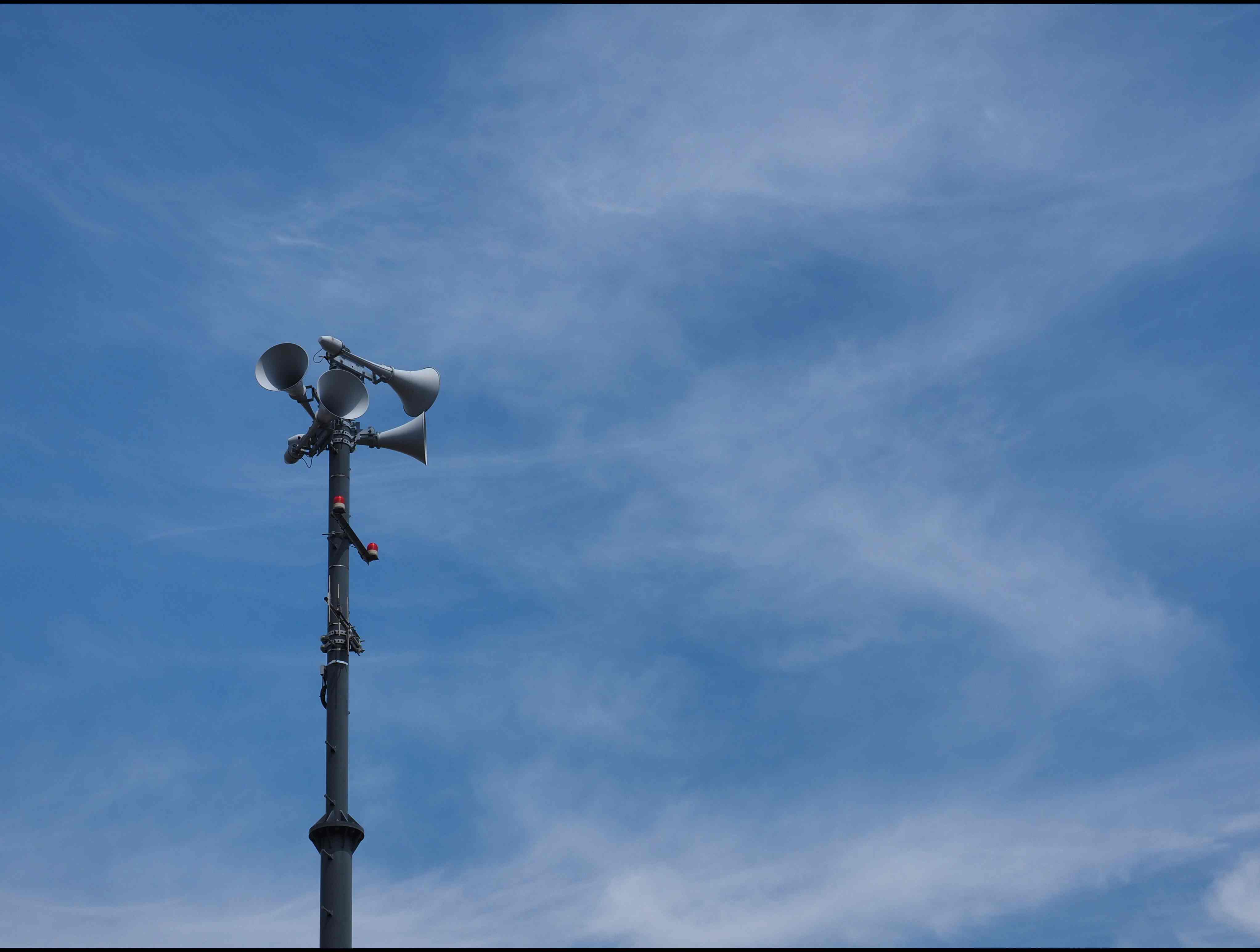
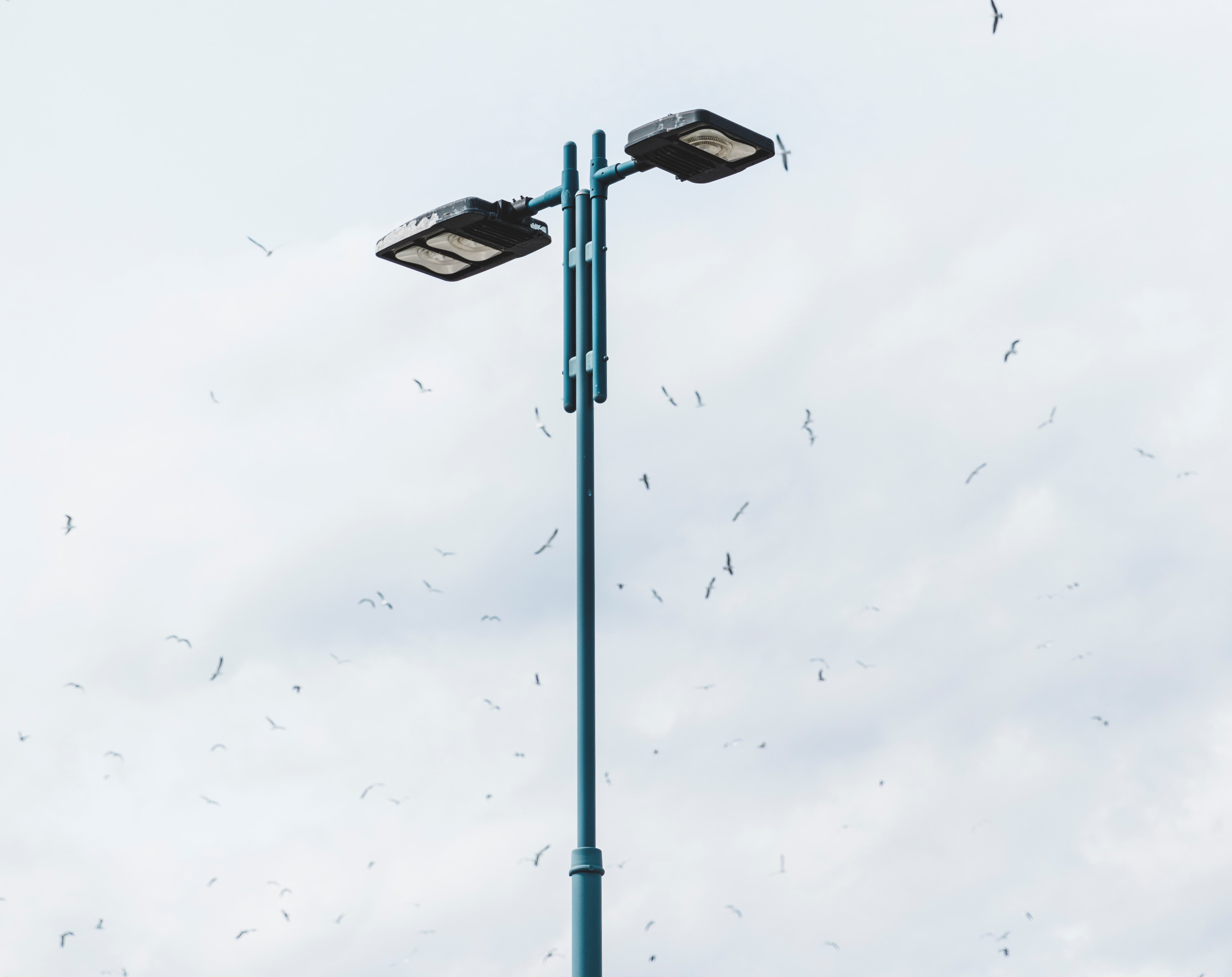
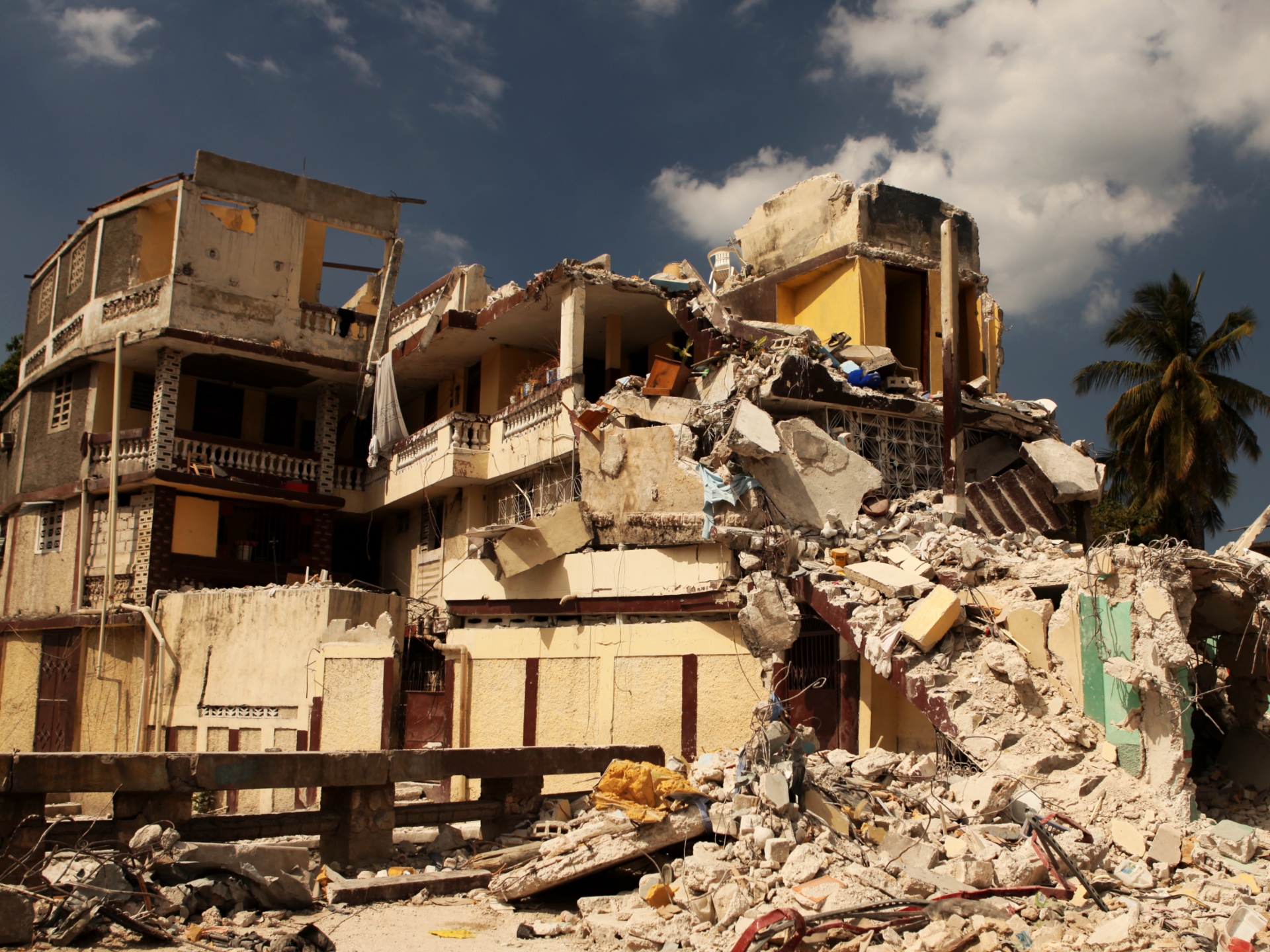
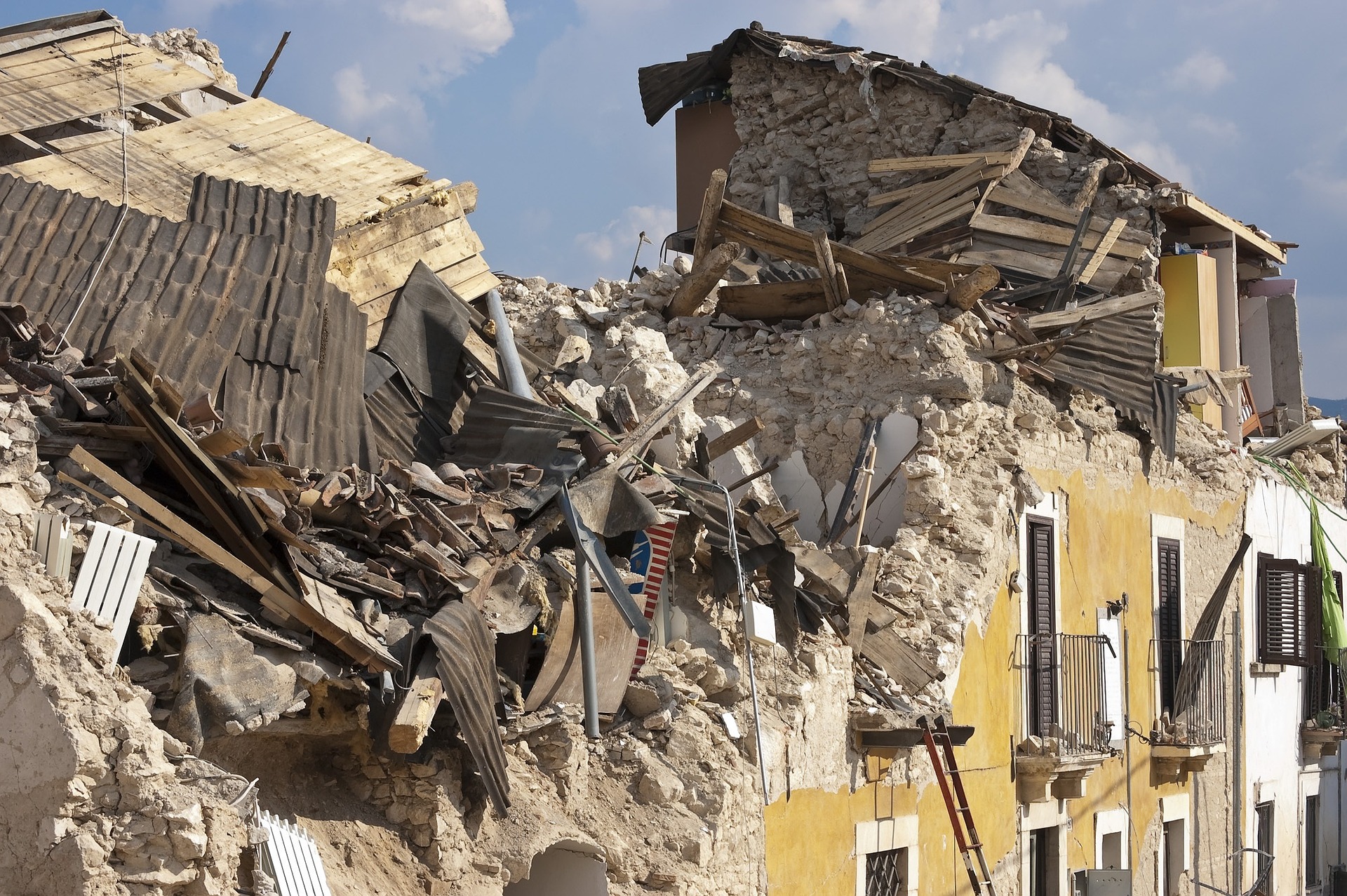
.jpg)
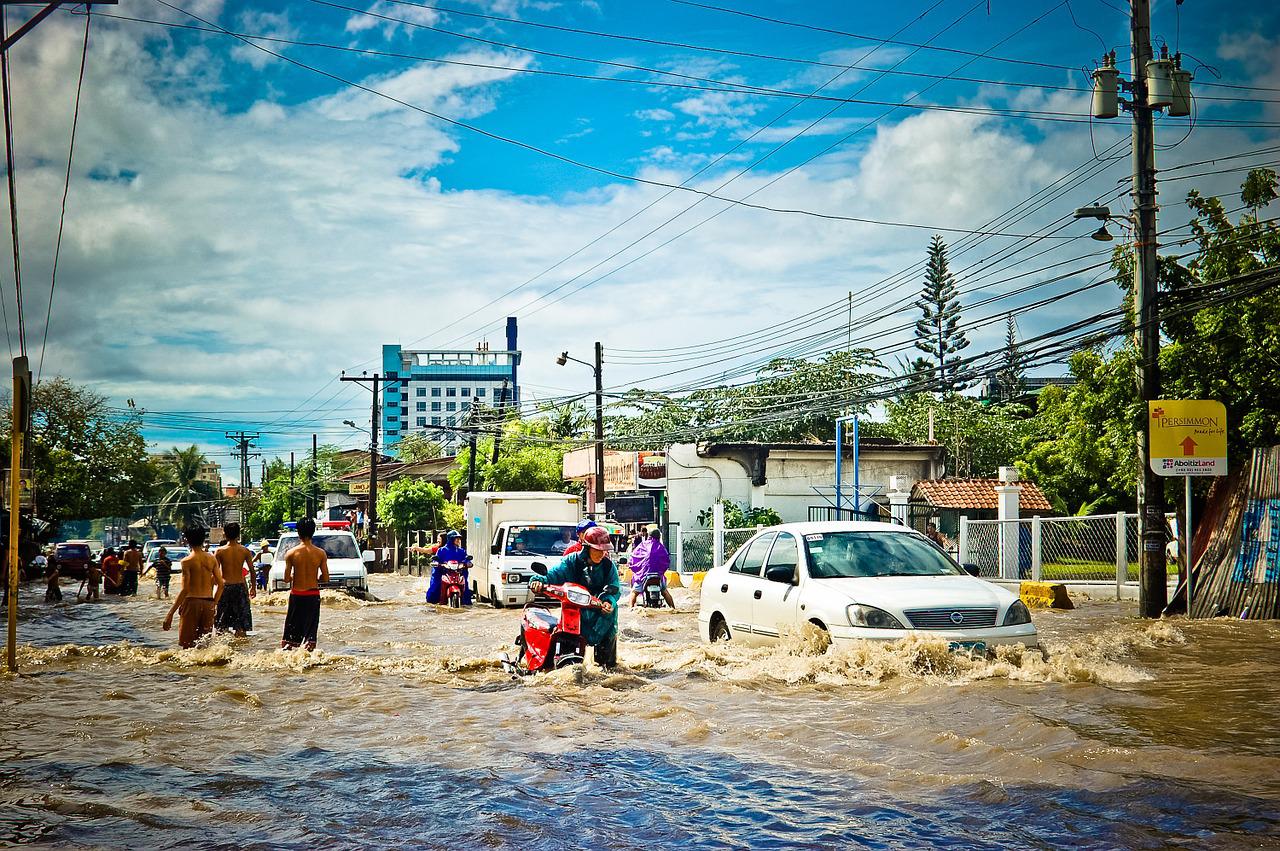
.jpg)
